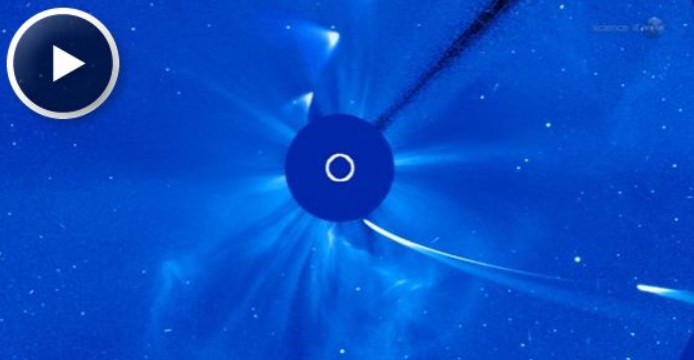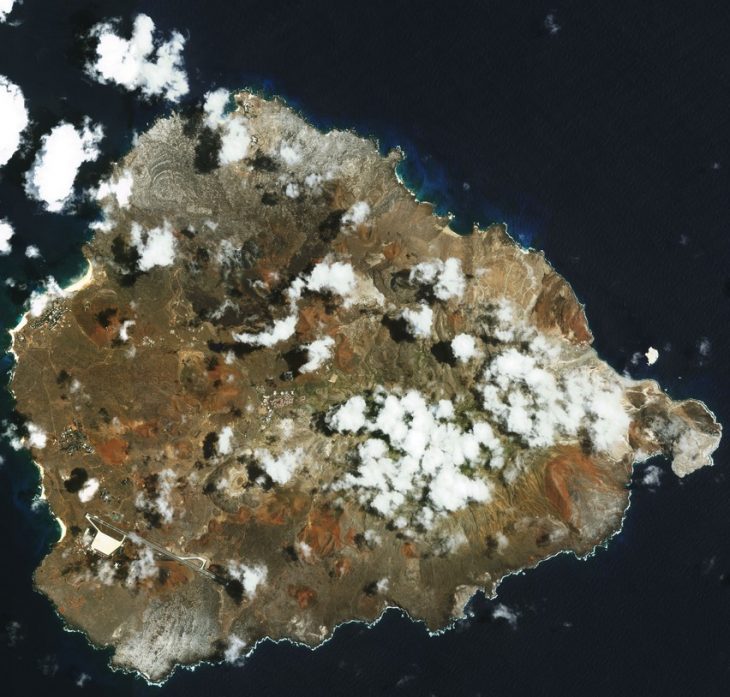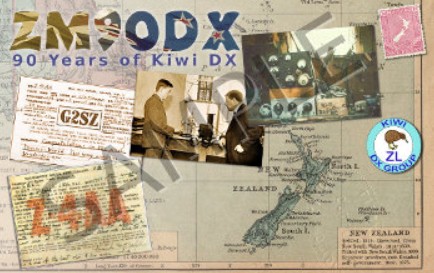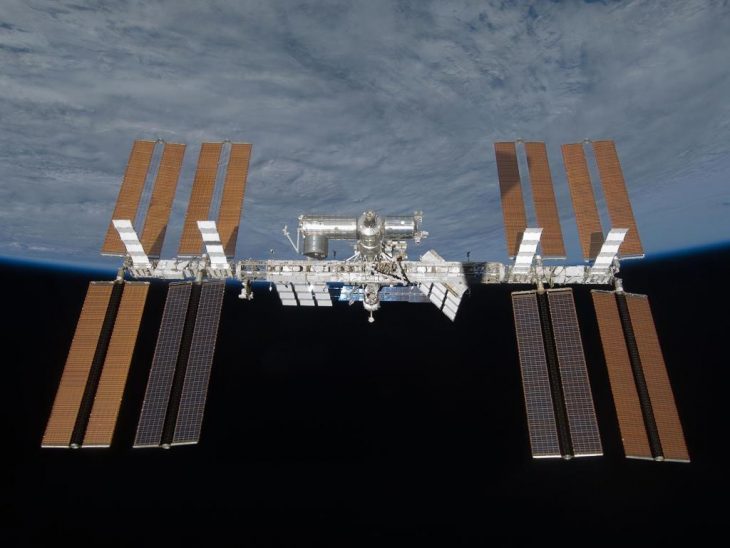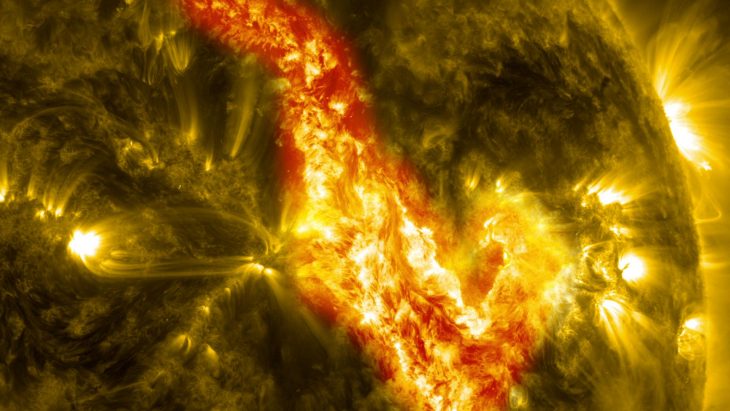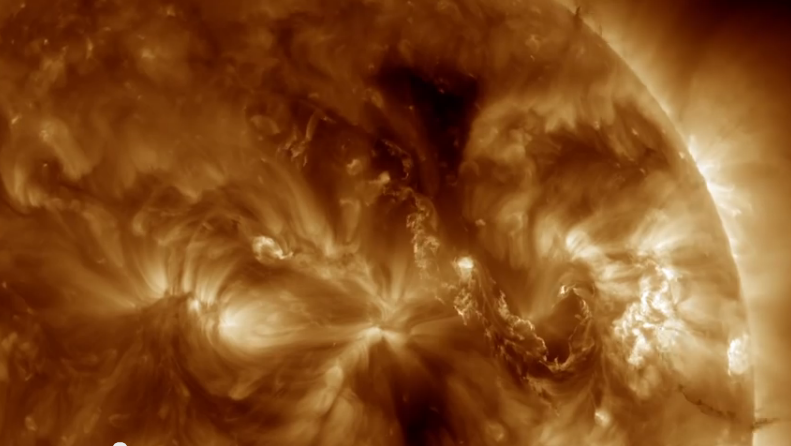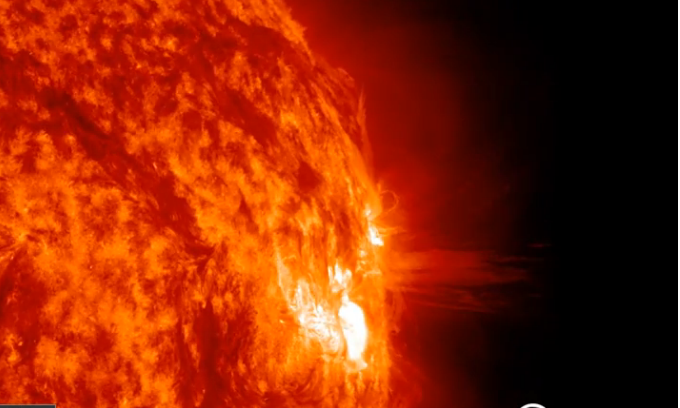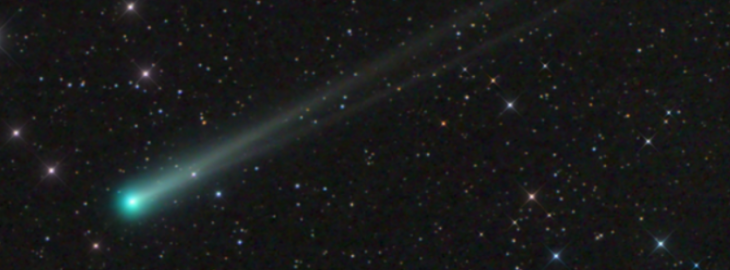The International Space Station celebrated its 15th birthday yesterday, marking the day in 1998 when a Russian rocket lifted the first piece of what is now the largest manmade structure ever built in space. The station was built by the combined effort of five space agencies and is divided into two: the Russian Orbital Segment and the United States Orbital Segment, which is used by many countries. The station is used as a research laboratory conducting experiments in fields such as biology, physics and meteorology.
The launch of the module named Zarya (“Sunrise” in Russian) kicked off an unprecedented international undertaking to build the astronaut outpost one piece at a time. Five different space agencies representing 15 countries contributed to the project, and by 2000, rotating crews of spaceflyers were — and still are — living on the $100 billion International Space Station.
Today, the space station is about the size of a football field with roughly the same amount of livable space as a six-bedroom house. It ranks second only to the moon among bright objects in the night sky.
The module that started it all, Zarya, also known as the Functional Cargo Block (FGB), is mostly used for storage now. But initially it was intended to serve as a central node of orientation control, communications and electrical power as other parts of the space station were added, according to NASA.
The Photo shows the International Space Station backdropped by the blackness of space and Earth’s horizon as seen from Space Shuttle Discovery in March 2009.
Click here to take see a video of the history to date of the International Space Station.

